Patient self-scheduling
Date
Jan 16, 2025
Author
Rik Renard
Situation
Scheduling an appointment used to be a slow and manual process. Patients filled out a basic survey on the website, providing only minimal information. Afterward, a care coordinator had to call them to gather additional details, such as age, gender, ethnicity, and preferred language. Once eligibility was determined, the coordinator presented provider availability over the phone. The process heavily relied on human involvement, creating delays and frustrations for patients.
Complication
This manual approach was inefficient. Patients faced long wait times for a callback, and the back-and-forth often led to confusion or drop-offs before scheduling was complete. With no clear visibility into the process, many patients abandoned their attempts to book appointments. For the care coordinators, managing these calls became a bottleneck, especially as patient demand increased, making it impossible to scale efficiently.
Resolution
Our customers use Awell to streamline onboarding with a fully self-service solution. The system asks the right questions upfront—gender, ethnicity, language preferences, and insurance details—to automatically determine eligibility. Using this input, the platform pairs patients with the most suitable providers, ensuring they’re matched with someone who understands their needs and preferences. Patients can then view provider availability and book appointments directly, with seamless integration into tools like Google Calendar.
This shift has eliminated manual coordination, drastically reducing wait times and drop-offs. Patients now experience a transparent, personalized scheduling process, while organizations benefit from a scalable solution that saves time and resources.
To make the process even smarter, care teams use Awell’s powerful insights layer to identify workflow bottlenecks. For example, Sankey charts highlight where patients drop off—like during demographics input—so teams can quickly address issues in real-time. By tracking completion rates step-by-step, organizations make data-driven improvements that continually enhance patient conversions and ensure a smoother experience for everyone.
Disclaimer: Each flow belongs to, and is configured by, an Awell customer. Awell supplies the underlying builder platform only; we do not provide clinical content or clinical decision-making logic.
Back






















